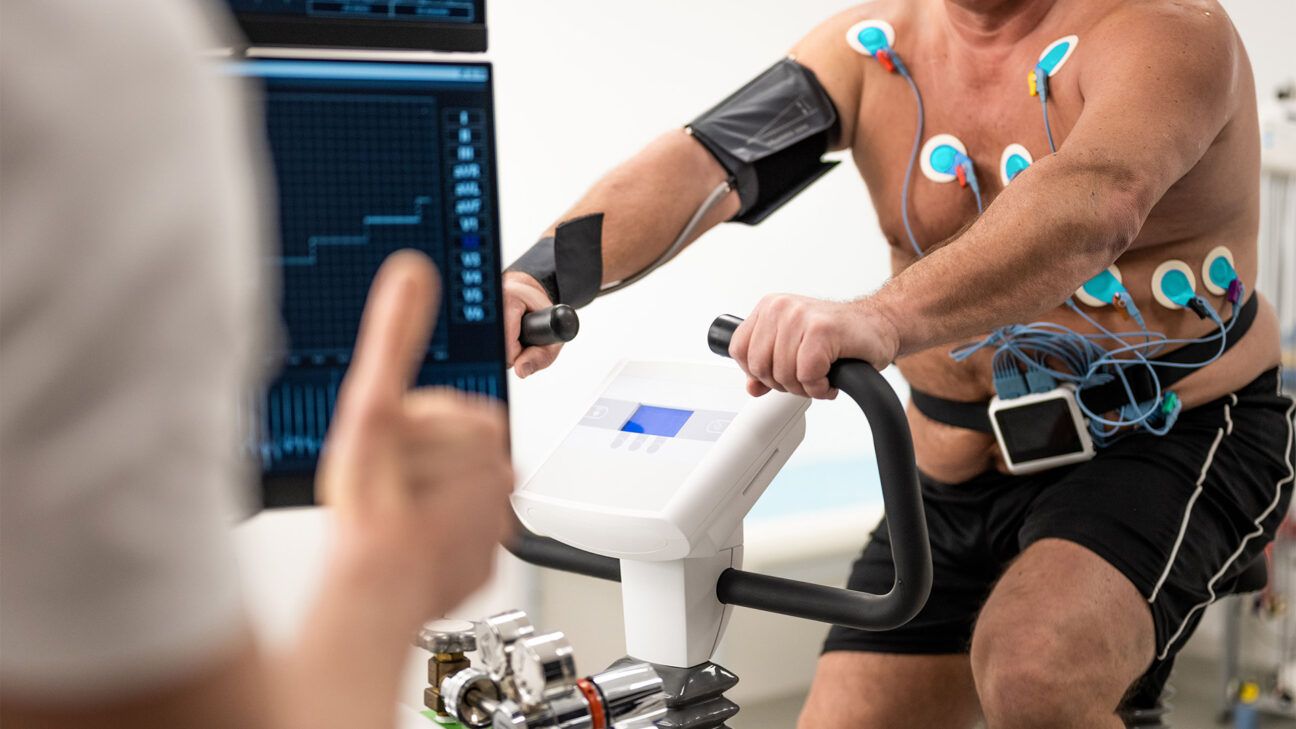
- Heart disease affects millions of people every year.
- Several advancements in treatment and prevention occurred throughout 2023.
- Among these innovations are new injectable medications that are making treatment easier and more effective.
As 2023 comes to a close, cardiologists are reflecting on some of the advancements and breakthroughs in their field over the past 12 months.
Heart disease is a pressing issue in the United States. The American Heart Association
This reality means researchers and clinicians are invested nationwide in developing better interventions and treatments to address the rising prevalence of heart disease among Americans.
To put in perspective how serious this is, heart disease stands as the leading cause of death regardless of gender and spans most racial and ethnic groups in the United States, according to the
Heart disease kills one person for every 33-second interval nationwide.
Healthline spoke with several experts who weighed in on the major breakthroughs and innovations of the past year as well as promising developments on the horizon in 2024.
Research is now suggesting these same drugs may also improve heart health in people with obesity who aren’t also living with diabetes.
“In one trial of semaglutide, a medication shown to lower the risk of heart problems in people with diabetes and approved for long-term weight management, people with heart failure with preserved ejection fraction and obesity fared better on the drug than on placebo,” Wu said.
What is preserved ejection fraction?
Wu explained that this happens “when the heart muscle becomes thick and stiff and can’t pump out enough blood to meet the body’s needs.”
“The semaglutide group had greater reductions in heart failure-related symptoms, greater improvements in the ability to exercise and greater weight loss,” he added.
Wu also singled out a late-breaking trial of the GLP-1 (glucagon-like peptide 1) receptor agonist drug that was presented at the American Heart Association’s
In that trial, researchers looked into whether semaglutide benefitted people who are living with overweight or obesity who did nothave diabetes, but who had cardiovascular disease.
The findings show that the drug was “superior to placebo in reducing cardiovascular-related death, nonfatal heart attacks, and nonfatal strokes,” Wu told Healthline.
Dr. Steven Nissen, a cardiologist at Cleveland Clinic, pointed to a different type 2 diabetes medication that he said is also a “blockbuster” — tirzepatide.
He cited findings released this year that showed
“We’ve had these drugs, but we didn’t really know whether they’d have a favorable effect on cardiovascular outcomes on people who are being treated for obesity,” he said.
The research conducted on this drug had a “very robust result,” Nissen stressed.
It was shown to have a 20% reduction in body weight for people who were overweight, while showing clear, “promising hard endpoints” of lower risk of cardiovascular death, stroke, myocardial infraction, or heart attack.
“That’s a big reduction, it’s a turning point in the battle against obesity,” he added.
Dr. Karol Watson, PhD, an attending cardiologist and a Professor of Medicine/Cardiology at the David Geffen School of Medicine at UCLA, said all of the big 2023 developments in cardiovascular health center on preventive measures for lipid and hypertension management.
Watson, who is also the director of the UCLA Women’s Cardiovascular Health Center, the UCLA-Barbra Streisand Women’s Heart Health Program, the co-director of the UCLA Program in Preventive Cardiology, and director of the UCLA Fellowship Program in Cardiovascular Diseases, told Healthline that the big goal is “trying to figure out how to get people to take their medications in the least invasive way possible.”
Watson said that, traditionally, you had daily pills people would take or injectables they would have to receive every two weeks. Today, there are more options.
“Now, there is data on the injectables people can do every every six months. Now, there are longer gaps [between injections]. The whole idea is one and done and doing something people will find easier for them. And, it works,” Watson explained. “The problem is, these things are not going to be cheap.”
The findings of the drug zilebesiran, which
Watson added that this kind of injectable “makes it easy for people to get the medication they need.” She reiterated a big problem persists.
“These [medications] are easy, you have one injection every six months,” she said, “but they are not cheap. That is the problem.”
Wu pointed back to the 2023
He said concretely pointing out this relationship is one of the big cardiovascular headlines of the year.
“The statement summarizes what is known about CKM syndrome and how to prevent and manage it. It highlights a new way to calculate risk of the syndrome, as well as gaps in knowledge and needed research,” Wu added. “An accompanying
Wu pointed to research on endovascular thrombectomy, a minimally invasive surgical procedure used to remove a stroke-causing blood clot from an artery in the brain, as another one of 2023’s big stories.
This procedure restores blood flow and prevents further brain damage and disability. It’s the standard form of treatment for either small or medium-sized strokes.
“Until now, it wasn’t clear if endovascular thrombectomy would also benefit people with larger, more severe strokes, which account for up to one-fourth of all strokes.
In a study of people with severe strokes from China and in another trial of people in North America, Europe, Australia, and New Zealand, researchers found endovascular thrombectomy within 24 hours of a stroke was superior to standard medical care,” Wu said.
This research showed that these individuals who received this treatment showed signs of experiencing fewer disabilities and “were more functionally independent during the three months after treatment.”
He pointed to a third
“Those who underwent endovascular thrombectomy were more functionally independent than those who had standard medical treatment, alone. This study also showed that thrombectomy patients were less likely to die,” Wu added.
What do these experts see in the year to come? All three cited innovations in gene editing.
Watson said “we are starting to see the era of gene editing.”
She pointed to
“What we’ve seen in this small proof of principle study, what we’ve seen in these first 10 patients, is that [we saw] durable LDL reduction, but of the 10 patients, two of them had very serious adverse events — one died and one had a heart attack, so the questions of safety will always persist,” she added.
Watson and Wu said that, even more promising, is the FDA approval of a cure for sickle cell disease that harnessed the same CRISPR gene-editing technology. The
Nissen pointed to the number of drugs in development for treating lipoprotein (a), or Lp(a), as a development to keep front and center for the coming year. He said “this is a condition, which is a heart disease risk factor in 20 percent of the population that has never been treatable.”
Now, what is known as RNAi, or RNA interference, is being utilized to reduce Lp(a). Nissen said he and his team have published several articles on these new therapies, and one of them involves a clinical trial for a drug called pelacarsen, which he is chairing.
This study has enrolled 8,300 patients and “is now well along toward completion,” he said.
“If successful, it will be the first time ever that we can treat this disorder, everyone is waiting for the results of the trial,” he said.
Additionally, beyond these innovations, Wu said he’s excited about the





